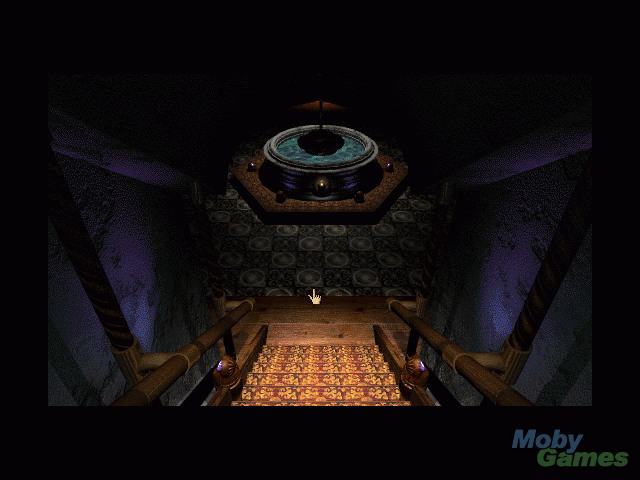If you’ve got a few Apple Mac’s and you need to upgrade OSX to the latest version macOS Sierra 10.12 the easiest way to accomplish this is to download the macOS Sierra installation app once and then copy it to each of the Mac’s and install it. There are a few different ways to achieve this but the easiest way to do this if you have access to a mac is as follows:

I have a MacBook Pro running El Capitan that I need to upgrade to Sierra 10.12 (not High Sierra) for development reasons. I have previously upgraded my personal computer as follows: El Capitan - Sierra - High Sierra. Knowing that, I should be able to see the.
- Open up the Mac App Store
- Click on the Download button
- After macOS Sierra has finished download it will automatically pop up with a window prompting you to install. Here’s the critical part:
- BEFORE clicking on continue, open up finder
- Browse to Applications
- Copy the file named Install macOS Sierra out of the applications folder to somewhere safe such as your desktop. You can then continue the installation and you will have a copy of the installation file for your other Mac’s.
Click Download Firefox. Note: If you want to have a choice of the language for your Firefox installation, click the Download options and other languages link instead. Once the download has completed, the file (Firefox.dmg) may open by itself and pop open a Finder window containing the Firefox application. Look for macOS Sierra in the list of apps that you’ve bought, and click on the Download button. If it automatically launches after download, quit the installer. Get an external drive. MacOS Sierra has arrived - here's how to download and install it. MacOS Sierra is here. Learn if your Mac can run Apple's next computer operating system and, if so, how to download and install it. MacOS High Sierra has arrived: here's how to download and install it. MacOS High Sierra is here. Find out if your Mac can run Apple's next computer operating system and, if so, how to download. This video will show you How to Download macOS Sierra. This is helpful if you need to do a clean install of your Mac. This version can be put onto a USB.
Install Sierra On Mac
Note: If you fail to copy the Install macOS Sierra app out of the applications folder before you install it on your current mac it will automatically be deleted upon installation.
Check compatibility
You can upgrade to macOS Sierra from OS X Lion or later on any of the following Mac models. Your Mac also needs at least 2GB of memory and 8.8GB of available storage space.
/caesar-2-mac-ms-dos-iso-download.html. MacBook introduced in late 2009 or later
MacBook Air introduced in late 2010 or later
MacBook Pro introduced in mid 2010 or later
Mac mini introduced in mid 2010 or later
iMac introduced in late 2009 or later
Mac Pro introduced in mid 2010 or later
To find your Mac model, memory, storage space, and macOS version, choose About This Mac from the Apple menu . If your Mac isn't compatible with macOS Sierra, the installer will let you know.
Download Mac Sierra Install
Make a backup
Before installing any upgrade, it’s a good idea to back up your Mac. Time Machine makes it simple, and other backup methods are also available. Learn how to back up your Mac.
Get connected
Install Mac Os Sierra Download
It takes time to download and install macOS, so make sure that you have a reliable Internet connection. If you're using a Mac notebook computer, plug it into AC power.
Download macOS Sierra
How Can I Download Just Sierra On Mac Mojave
For the strongest security and latest features, find out whether you can upgrade to macOS Catalina, the latest version of the Mac operating system.
If you still need macOS Sierra, use this link: Download macOS Sierra. A file named InstallOS.dmg will download to your Mac.
Install the macOS installer

Double-click the downloaded file to open a window showing its contents. Then double-click the file within, named InstallOS.pkg.
Follow the onscreen instructions, which will guide you through the steps necessary to install.
Begin installation
After installation of the installer is complete, open the Applications folder on your Mac, then double-click the file named Install macOS Sierra.
Click Continue and follow the onscreen instructions. You might find it easiest to begin installation in the evening so that it can complete overnight, if needed.
Allow installation to complete
Please allow installation to complete without putting your Mac to sleep or closing its lid. Your Mac might restart, show a progress bar, or show a blank screen several times as it installs both macOS and related updates to your Mac firmware.
How Can I Download Just Sierra On Mac Catalina
Learn more
How Can I Download Just Sierra On Mac High Sierra
- If you have hardware or software that isn't compatible with macOS Sierra, you might be able to install the previous version, OS X El Capitan.
- macOS Sierra won't install on top of a later version of macOS, but you can erase your disk first or install on another disk.
- You can use macOS Recovery to reinstall macOS.
Latest News
- ✔ Self Care By Mac Miller Mp3 Download
- ✔ Imac Mac Os X Install Dvd Download
- ✔ How To Download Free Movies On Mac 2019
- ✔ Free Download Converter Wma To Mp3 For Mac
- ✔ Youtube Ultimate Epic Battle Simulator Mac Download Free
- ✔ How To Download Mac Os Sierra Complete
- ✔ Can You Download Visio On A Mac
- ✔ How To Download Font On Mac Word